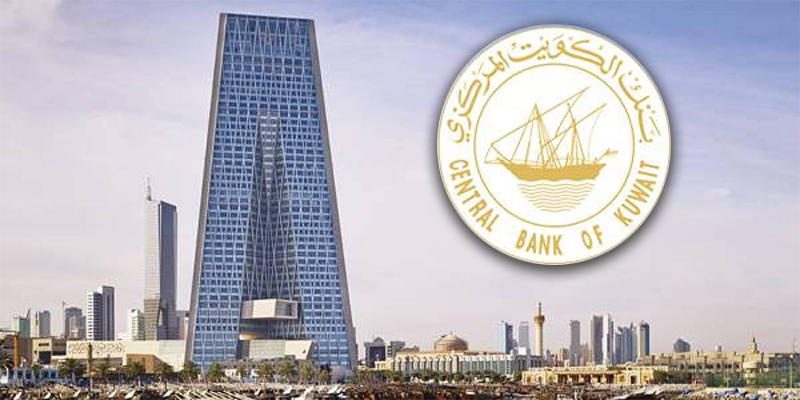08/10/2023
08/10/2023

KUWAIT CITY, Oct 8: During the first eight months of 2023, local banks provided a total monthly financing of 351.3 million dinars to the industrial sector, marking a significant decrease of 30.8 percent from the 1.137 billion dinars provided during the same period in 2022. The Central Bank of Kuwait's monthly statistics for August revealed a monthly decline in industrial sector financing by 46.7 percent, amounting to 59.3 million dinars. This drop was observed from 127 million dinars in July to 67.7 million dinars in August, reaching its lowest point in a year. On an annual basis, financing for the industrial sector decreased by 25.6 percent to 23.3 million dinars compared to August 2022 when it stood at 91 million dinars. It's worth noting that financing for the industrial sector had reached its highest point in a year back in May, exceeding 127 million dinars.
This decrease in industrial sector financing corresponds with a decline in new credit facilities extended to all sectors over the eight-month period. There was a reduction of approximately 93.1 million dinars, or 0.6 percent, from 15.76 billion dinars in the first eight months of 2022 to 15.669 billion dinars in the same period of 2023. However, new credit facilities for all sectors increased by 3.2 percent on a monthly basis in August, reaching around 63.6 million dinars, although this was a drop from 1.948 billion dinars in July to 2.012 billion dinars in August. Nonetheless, compared to the end of August 2022, there was still an annual increase from 1.354 billion dinars.
Accumulated financing for the industrial sector, provided by local banks, witnessed an annual decline of 6.9 percent, totaling 203 million dinars, falling from 2.948 billion dinars in August 2022 to 2.744 billion dinars in August 2023. On a monthly basis, this balance decreased by 0.7 percent, equivalent to 19.9 million dinars, as it had been 2.764 billion dinars in July. Furthermore, it decreased by 2.5 percent, reaching approximately 72 million dinars, compared to 2.816 billion dinars in December 2022.
The overall balance of cash credit facilities provided by banks to all sectors over the first eight months of 2023 increased by 0.3 percent, reaching 52.61 billion dinars, up from 52.447 billion dinars in December 2022. While it decreased by 0.06 percent on a monthly basis, dropping to 52.61 billion dinars from 52.644 billion dinars at the end of July, it witnessed an annual increase of about 1.264 billion dinars compared to August 2022 when it was 51.346 billion dinars.
Local banks have consistently demonstrated their support for the industrial sector, particularly projects under the Public Authority for Industry, including promising industrial cities. Industrial financing is offered with favorable terms in terms of duration and financial obligations. This financing is generally long or medium-term and comes with lower financial burdens compared to prevailing market rates for commercial financing. To qualify for industrial financing on favorable terms, projects must be licensed by the Public Authority for Industry in accordance with Industry Law No. 56 of 1996. Additionally, there should be a minimum project area of 1,000 square meters. The primary criteria for banks to grant industrial financing are technical and economic feasibility, taking into account the project's ability to service its debts under normal competitive conditions in Kuwait.
The minimum amount of industrial financing for a project is 100,000 dinars. The maximum amount varies depending on the project type, with new industrial projects eligible for financing up to 65% of the total project cost, expansion projects up to 100% of the total project cost for industrial loans, and 80% of the total project cost for Islamic finance. The financing percentage for financial restructuring is determined based on the client's financial situation and its alignment with restructuring objectives, tailored to support the client's financial performance. The financing percentage is determined for each project through a detailed technical analysis, considering expected cash flows and project-specific circumstances.
By Ahmad Fathi
Al-Seyassah/Arab Times Staff


